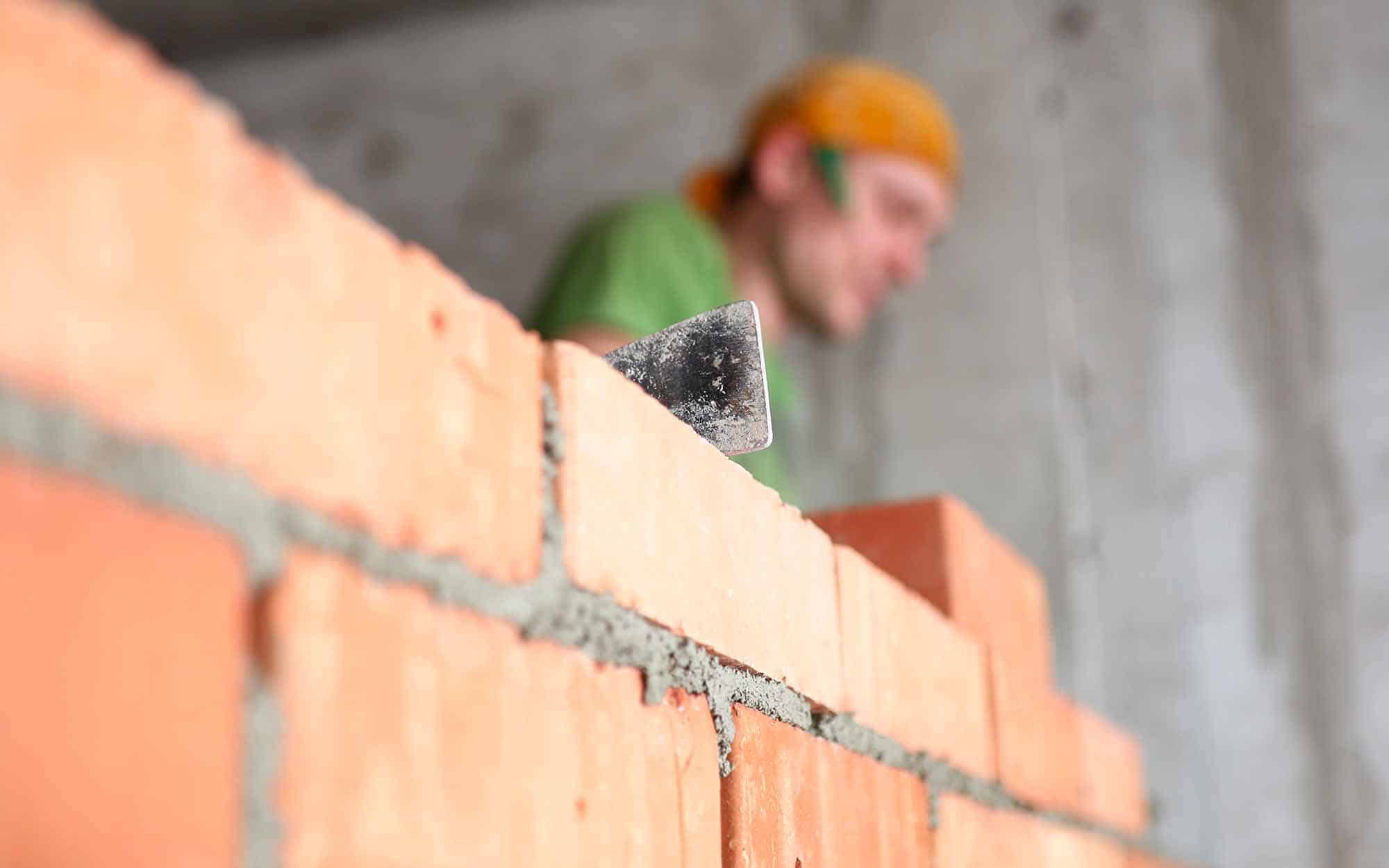Unlocking the Tricks of Sustainable Masonry Construction Practices for Eco-Friendly Buildings
Amongst the myriad methods to green building, lasting stonework building stands out as a reliable and resilient technique that holds a wide range of untapped potential. From the choice of products to cutting-edge construction methods, the tricks to attaining sustainability within masonry building and construction are multifaceted and interesting.
Benefits of Lasting Stonework Construction
Accepting sustainable stonework building and construction methods not only lowers ecological impact but likewise offers lasting financial advantages to contractors and communities. By making use of materials like recycled blocks, obstructs, and stones, builders can substantially reduce the carbon impact of their jobs while advertising resource efficiency. Furthermore, sustainable stonework building techniques, such as appropriate insulation and thermal mass buildings, can improve power effectiveness within structures, causing minimized functional costs gradually.
Furthermore, the sturdiness and strength of stonework structures add to long-lasting economic benefits. Structures constructed using lasting masonry methods often need less maintenance and repair, translating to cost financial savings for contractors and homeowner. The longevity of masonry products likewise makes certain that structures remain steady and safe and secure, decreasing the demand for frequent remodellings or replacements.
Eco-Friendly Stonework Products
Utilizing environment-friendly stonework products is a crucial action in the direction of enhancing the sustainability of construction techniques and minimizing ecological effect while maximizing long-lasting financial advantages. Lasting masonry materials are sourced, generated, and utilized in a manner that decreases overall environmental influence. Products such as recycled bricks, reclaimed stone, and lasting concrete blocks are ending up being progressively prominent choices for eco-conscious contractors. Recycled bricks, as an example, not just draw away waste from garbage dumps yet additionally call for less energy to generate compared to new blocks. Recovered stone provides a distinct visual charm while minimizing the requirement for brand-new quarrying. Sustainable concrete blocks include recycled aggregates and may include enhanced insulation residential or commercial properties, contributing to energy efficiency in structures.
Furthermore, natural products like adobe, rammed planet, and straw bundles give outstanding thermal mass properties, minimizing the need for heating and cooling energy. These products are usually locally offered, advertising local economies and minimizing transportation-related carbon exhausts. By picking environmentally friendly masonry products, building and construction tasks can considerably minimize their environmental impact and add to the production of much healthier, more sustainable built atmospheres.
Energy-Efficient Stonework Techniques
Energy efficiency plays a vital function in boosting the sustainability of stonework building and construction practices. By carrying out see this energy-efficient masonry methods, home builders can dramatically lower the total power intake of a structure, resulting in reduced functional expenses and a smaller environmental impact. One essential energy-efficient stonework method is making use of thermal mass, which involves including thick materials like concrete or block right into the building's framework to soak up and keep heat. This aids control indoor temperatures, decreasing the need for mechanical home heating and cooling down systems.

Developments in Sustainable Stonework
Recent advancements in lasting stonework methods have brought about innovative techniques that are improving the construction sector. One such technology is the growth of self-healing concrete, which uses germs embedded within the concrete to heal cracks autonomously. This advancement not only reduces upkeep expenses but additionally improves the toughness of masonry structures, contributing to their sustainability.
An additional significant development is using recycled accumulations in masonry building and construction - masonry contractor. By including products such as crushed ceramic waste or recycled glass right into concrete mixes, contractors can reduce the ecological impact of building projects while maintaining architectural honesty. This technique not only draws away waste from landfills however also conserves all-natural resources, making it a vital development in lasting masonry building
Furthermore, the assimilation of electronic style devices, such as Structure Information Modeling (BIM), is changing the way stonework structures are intended and constructed. BIM enables even more precise computations, lowered material waste, and enhanced power performance, ultimately causing even more lasting building practices. These technologies collectively indicate a promising future for lasting stonework construction in the age of environmentally friendly structures.
Future Trends in Stonework Sustainability
With the ingenious wikipedia reference strides made in lasting stonework practices, the future trends in masonry sustainability are positioned to more change the building and construction sector. Among the key trends shaping the future of stonework sustainability is the increased integration of technology. Improvements such as Structure Details Modeling (BIM) and digital fact simulations are being made use of to maximize stonework building and construction procedures, resulting in reduced material waste and boosted power effectiveness in buildings.
Additionally, the development of unique sustainable materials is readied to play a substantial duty in improving the eco-friendliness of masonry construction. masonry contractor. Technologies like self-healing concrete, recycled accumulations, and bio-based binders are getting traction for their capacity to lessen environmental impact while keeping structural integrity

Conclusion
Finally, lasting masonry building methods use countless advantages for environment-friendly structures. By making use of eco-friendly materials and energy-efficient methods, stonework can add to an extra lasting developed atmosphere. Technologies in lasting masonry are continuously being developed to further enhance the ecological efficiency of structures. Looking towards the future, the trend of masonry sustainability is expected to grow, causing more eco-friendly and energy-efficient building practices in the years to come.